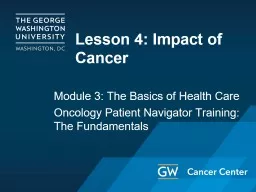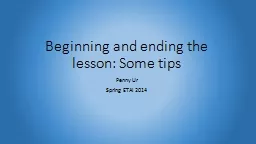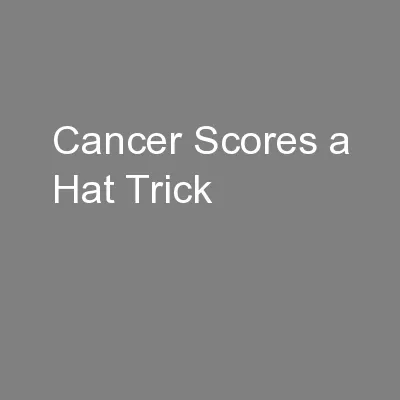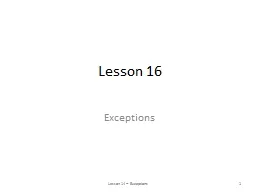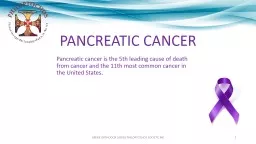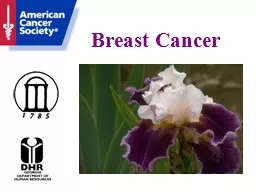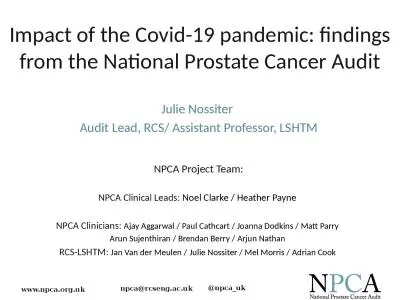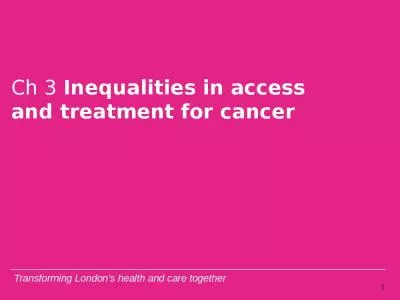PPT-Lesson 4: Impact of Cancer
Author : winnie | Published Date : 2022-04-07
Module 3 The Basics of Health Care Oncology Patient Navigator Training The Fundamentals Acknowledgements This work was supported by Cooperative Agreement 1U38DP00497202 from
Presentation Embed Code
Download Presentation
Download Presentation The PPT/PDF document "Lesson 4: Impact of Cancer" is the property of its rightful owner. Permission is granted to download and print the materials on this website for personal, non-commercial use only, and to display it on your personal computer provided you do not modify the materials and that you retain all copyright notices contained in the materials. By downloading content from our website, you accept the terms of this agreement.
Lesson 4: Impact of Cancer: Transcript
Download Rules Of Document
"Lesson 4: Impact of Cancer"The content belongs to its owner. You may download and print it for personal use, without modification, and keep all copyright notices. By downloading, you agree to these terms.
Related Documents

